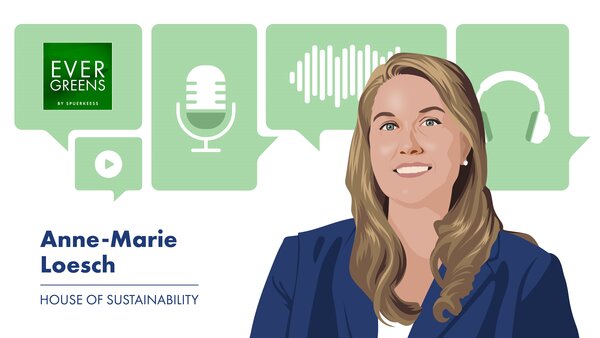5 useful tips for the Internet of Things:
1. When using a smart device, be aware that the data will be collected by someone – so make sure not to put a surveillance camerain a sensitive location.
2. If you’re motivated by statistics and graphs, you can follow your progress of your physical activity via a smart watch or a chip in your shoes. Studies show that even a simple step counter can motivate people to walk more. The technology has become affordable.
3. Transform your home into a smart home. The possibilities are endless: smart heating, shutters and lighting aren’t simply useful ways to save money, but they also help the environment.
4. Use robots to make your life easier: smart lawnmowers and vacuum cleaners save precioustime
5. …but don’t throw yourself at every connected device – inventions like Bluetooth toothbrushes are in my opinion still looking for a real purpose.
![[Translate to English:] [Translate to English:]](/fileadmin/_processed_/4/4/csm_alexandra-kugener_7694260efa.jpg)

![[Translate to English:] [Translate to English:]](/fileadmin/_processed_/f/2/csm_michel-marx_54d2966b86.jpg)
![[Translate to English:] [Translate to English:]](/fileadmin/_processed_/f/7/csm_arnaud-duban_87d7d42d9b.jpg)

![[Translate to English:] [Translate to English:]](/fileadmin/_processed_/4/7/csm_438_EXP_Julien_Kohn_Spuerkeess_9001fc61ae.jpg)
![[Translate to English:] [Translate to English:]](/fileadmin/_processed_/c/3/csm_437_EXP_David_Schmit_Spuerkeess_6beedf10c9.jpg)
![[Translate to English:] [Translate to English:]](/fileadmin/_processed_/6/7/csm_433_EXP_Francesco_Ferrero_LIST_31171ca1b1.jpg)
![[Translate to English:] [Translate to English:]](/fileadmin/_processed_/d/1/csm_434_EXP_Nicolas_Griedlich_Deloitte_f84788af86.jpg)
![[Translate to English:] [Translate to English:]](/fileadmin/_processed_/0/d/csm_435_EXP_Rachid_M_haouach_Spuerkeess_6aout25_4132487c59.jpg)


![[Translate to English:] [Translate to English:]](/fileadmin/_processed_/9/7/csm_426_EXP_Romy_Reding_Spuerkeess_28mars25_f6a6df7a8f.jpg)